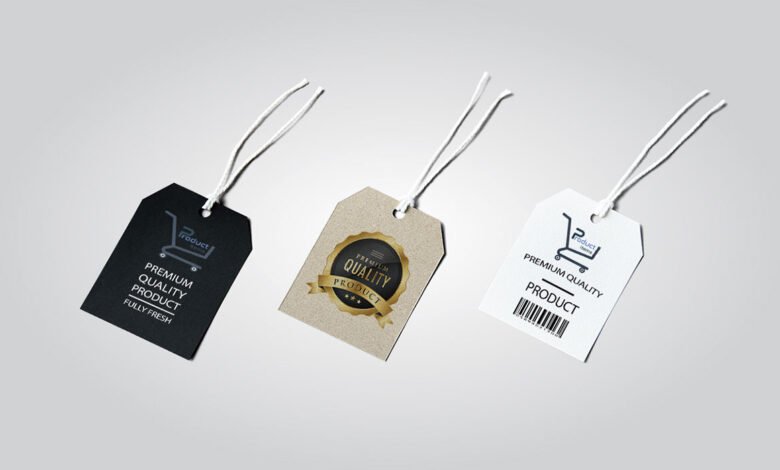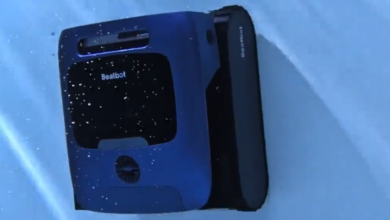Flexible Label Designs for Any Business or Product

Your product’s label is often the first thing customers notice. It represents your brand, communicates vital information, and helps your product stand out on crowded shelves. But a one-size-fits-all approach to labels no longer works. Businesses today need flexible label designs that can adapt to changing products, evolving branding, and industry trends.
This blog dives into the benefits of flexible label designs and how adopting a versatile approach can serve businesses of any size or industry. Whether you’re selling artisanal soaps or launching a line of beverages, we’ll show you why your label is more than just an accessory—it’s a critical part of your marketing strategy.
Explore the Benefits of Flexibility in Label Design
1. Adapts to Product Variations
If your business offers a range of products, a flexible label design makes it easier to create a consistent look while allowing customization. For instance, let’s say you’re a coffee roaster selling multiple blends. With flexible templates, you can quickly adapt the label’s color scheme, imagery, or text depending on the roast type, origin, or tasting notes.
Such adaptability ensures consistency across your product line while providing unique, relevant information for each product.
Pro tip: Invest in custom label printing services that allow you to add variable elements like barcodes or batch numbers without sacrificing design quality.
See also: Nashville Businesses on the Market Now
2. Simplifies Seasonal or Limited-Edition Launches
Many businesses leverage the power of seasonal promotions or limited-edition products. Flexible label designs make it easy to create eye-catching designs for short-term campaigns.
For example, a skincare company might want to launch a winter-themed face cream, while sticking to their brand’s overall aesthetic. With flexible design files and print-ready templates, it becomes effortless to incorporate festive imagery or seasonal colors.
Having adaptable designs ensures any temporary product maintains the branding your customers recognize while still feeling fresh.
3. Keeps You Brand-Consistent Across Platforms
Your label design is part of your brand identity. A flexible system makes it easier to maintain cohesion between your physical products and digital marketing materials like websites, social media, or email campaigns.
Using adaptable design elements such as scalable logos, consistent typography, and repeatable layout frameworks ensures your branding shines through everywhere. For example, a beverage brand can have a striking bottle label design while also repurposing that design into Instagram posts or in-store signage.
4. Saves Time and Money
Redesigning from scratch every time you launch a new product or run a promotion can be expensive and time-consuming. Flexible label designs streamline this process by allowing reusable templates that can be tweaked rather than overhauled.
This is particularly valuable for small businesses that need efficient workflows. With saved design frameworks, creating a label for a brand-new product can take minutes rather than weeks, freeing up more time to focus on other aspects of business growth.
5. Enables Rapid Market Testing
Introduce a new flavor, scent, or limited-edition run and gauge your audience’s reaction by quickly creating and rolling out the perfect label. Flexible label designs enable you to adapt on-the-fly, allowing businesses to experiment without committing to massive production runs.
For example, an ice cream brand could test interest in a new flavor like matcha by printing smaller label batches without the high upfront costs of permanent production.
Tips for Creating Flexible Label Designs
To ensure your label designs are versatile, follow these practical tips:
1. Use Modular Layouts
Modular layouts divide your design into sections that can easily be swapped or rearranged depending on the content. This is especially useful if you have a constantly changing product line or frequently update product information.
2. Invest in Quality Tools
Work with high-quality design software or hire a designer who understands the importance of flexibility. Alternatively, custom label printing platforms today often offer tools and templates that are both creative and modular.
3. Prioritize Scalability
Ensure that your designs look great at any size, whether printed as a small sticker or as larger packaging options like pouches or boxes. Vector-based files are great for achieving this.
4. Incorporate Core Branding Elements
Your logo, color palette, and unique typography should remain consistent across all labels and serve as the unifying thread for all product variations.
Why Flexible Labels Work for Any Business or Product
From local startups to established multinational brands, a flexible label strategy works for everyone. Businesses in industries like food, beverage, cosmetics, pet supplies, and even tech rely on this adaptability to remain agile and responsive in the face of evolving consumer demand.
For example, an independent candle maker might use flexible design assets to develop specific labels for different scents or gift bundles. Meanwhile, larger companies like breweries or artisan bakeries can roll out seasonal flavors without detracting from a unified brand presence.
Transform Your Label Designs Today
Think of your label as the handshake for your product. A comprehensive and flexible approach to design can make sure that first impression counts. By creating adaptable design systems, you’ll future-proof your branding, streamline your production processes, and engage your customers more effectively.
If you’re ready to elevate your branding with custom label printing, start exploring options that meet your business needs today! Whether it’s simplifying product variations or rolling out a seasonal line, flexibility in label design might just be the game-changer your business has been looking for.




